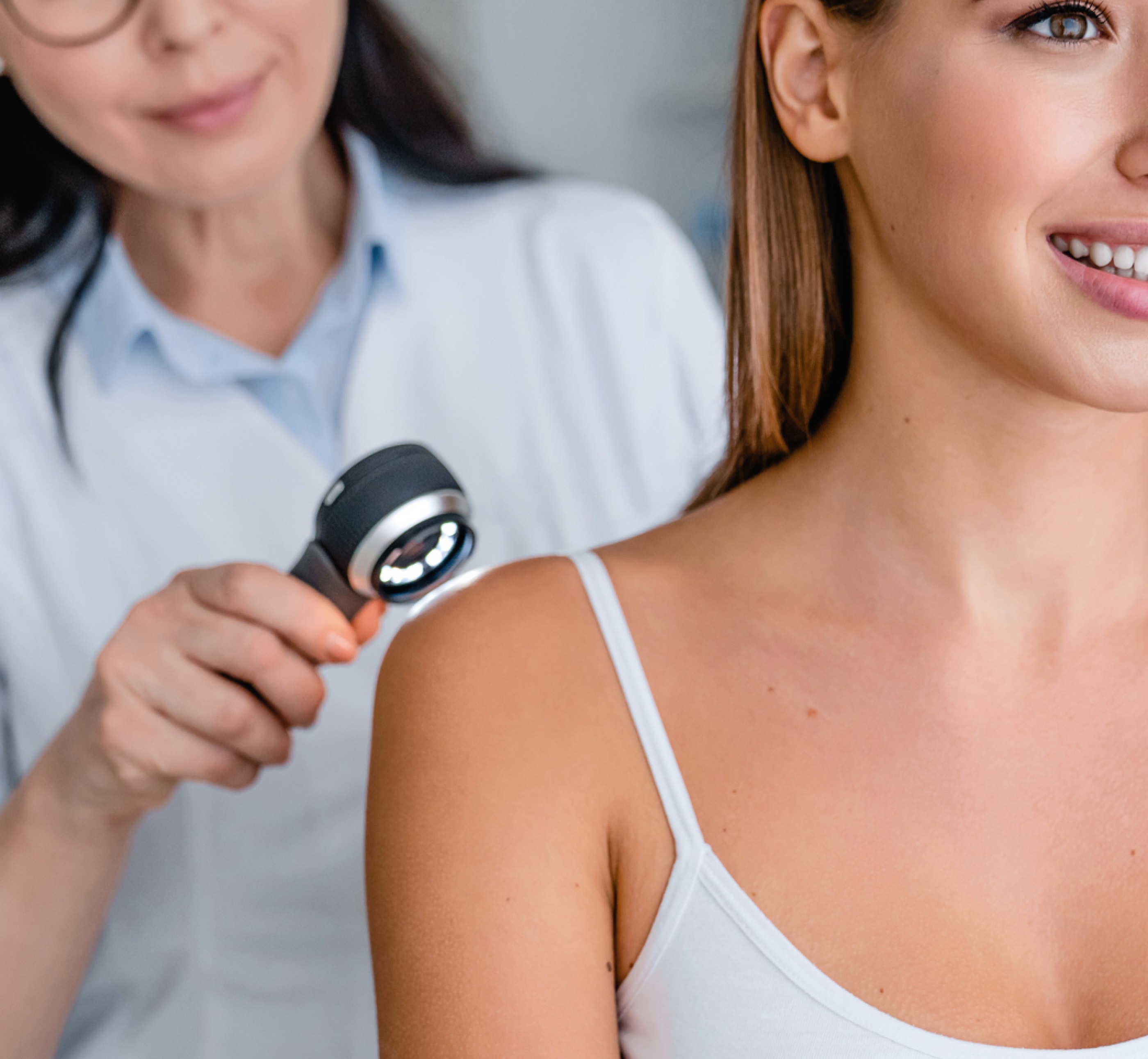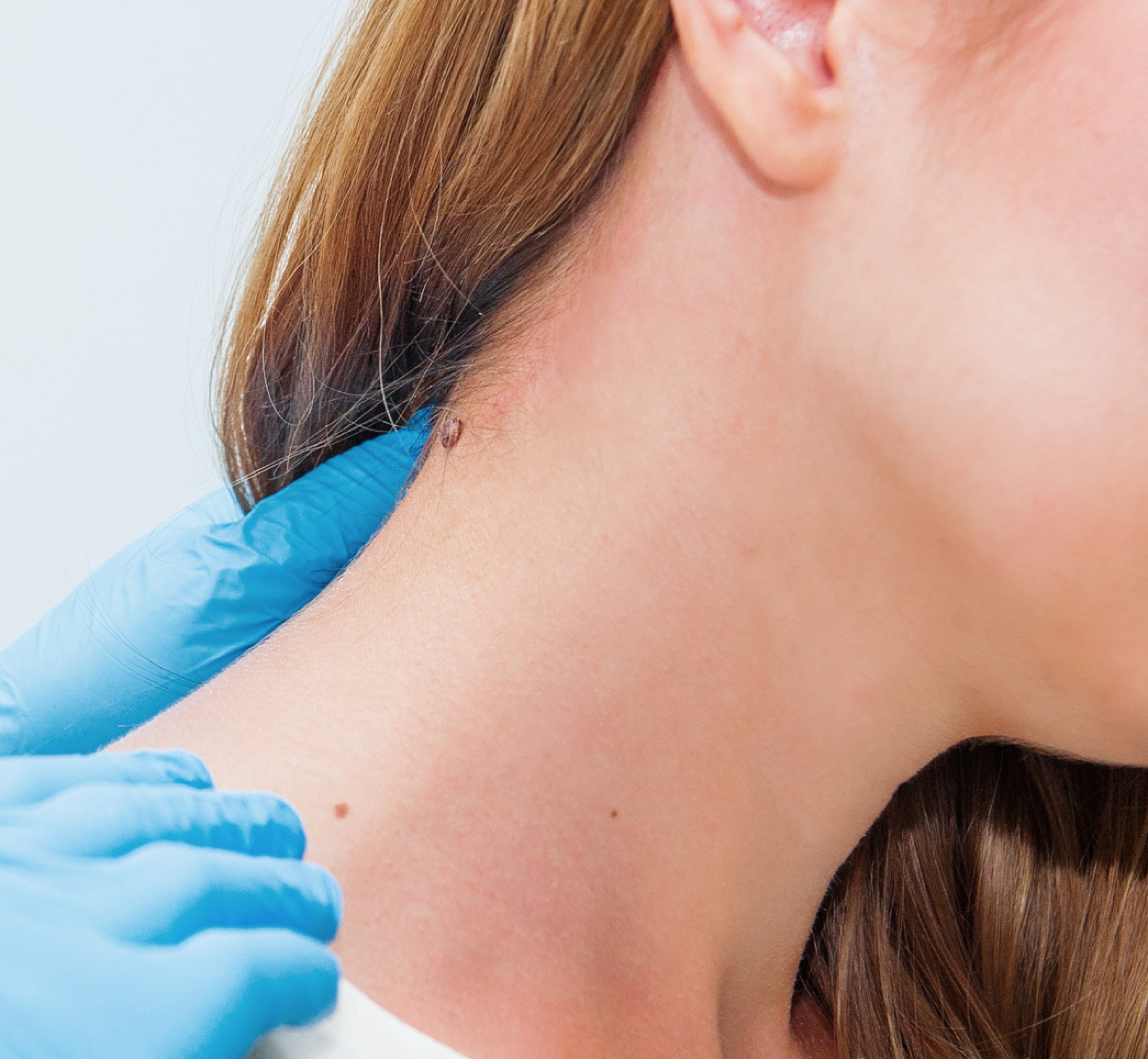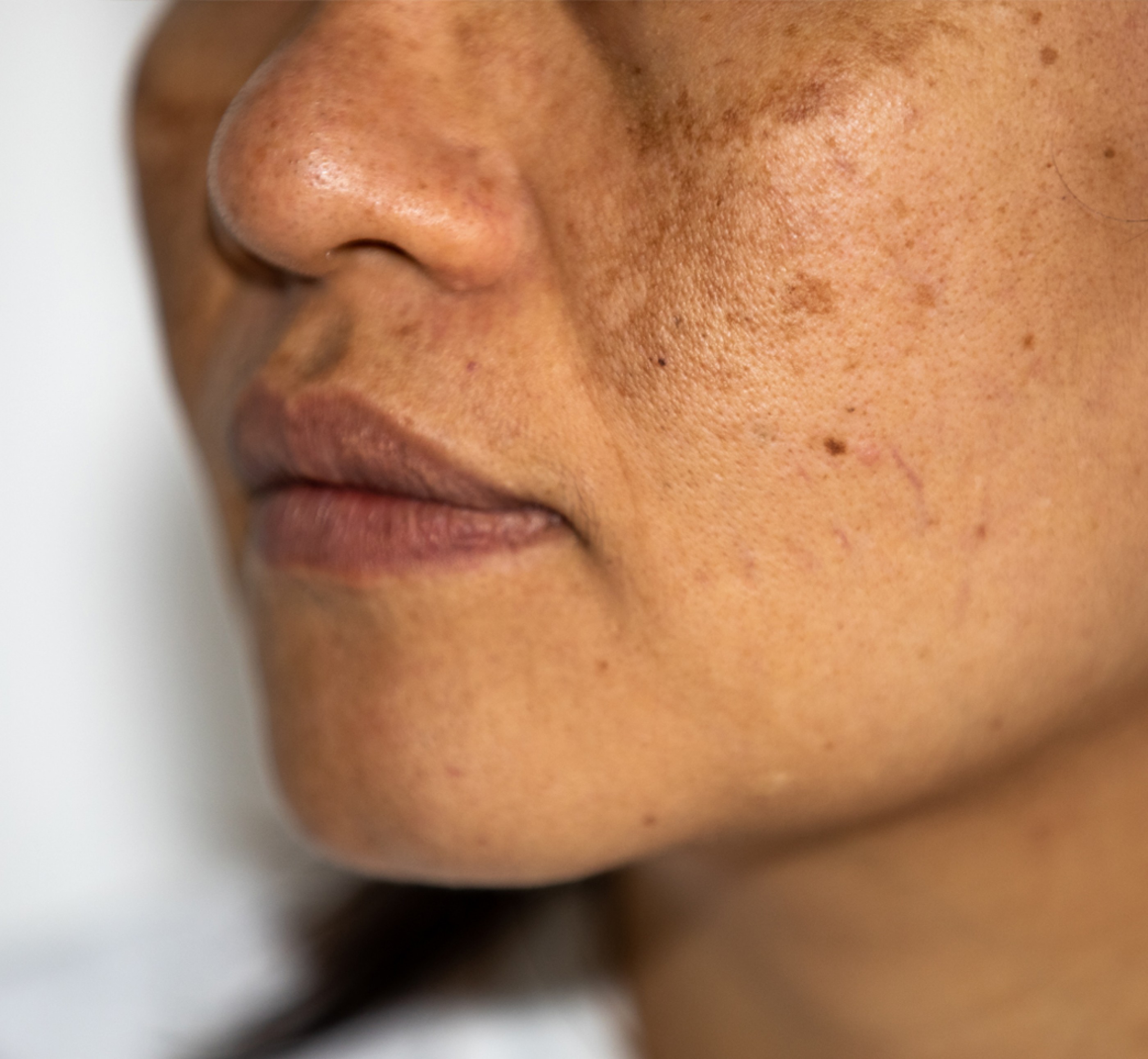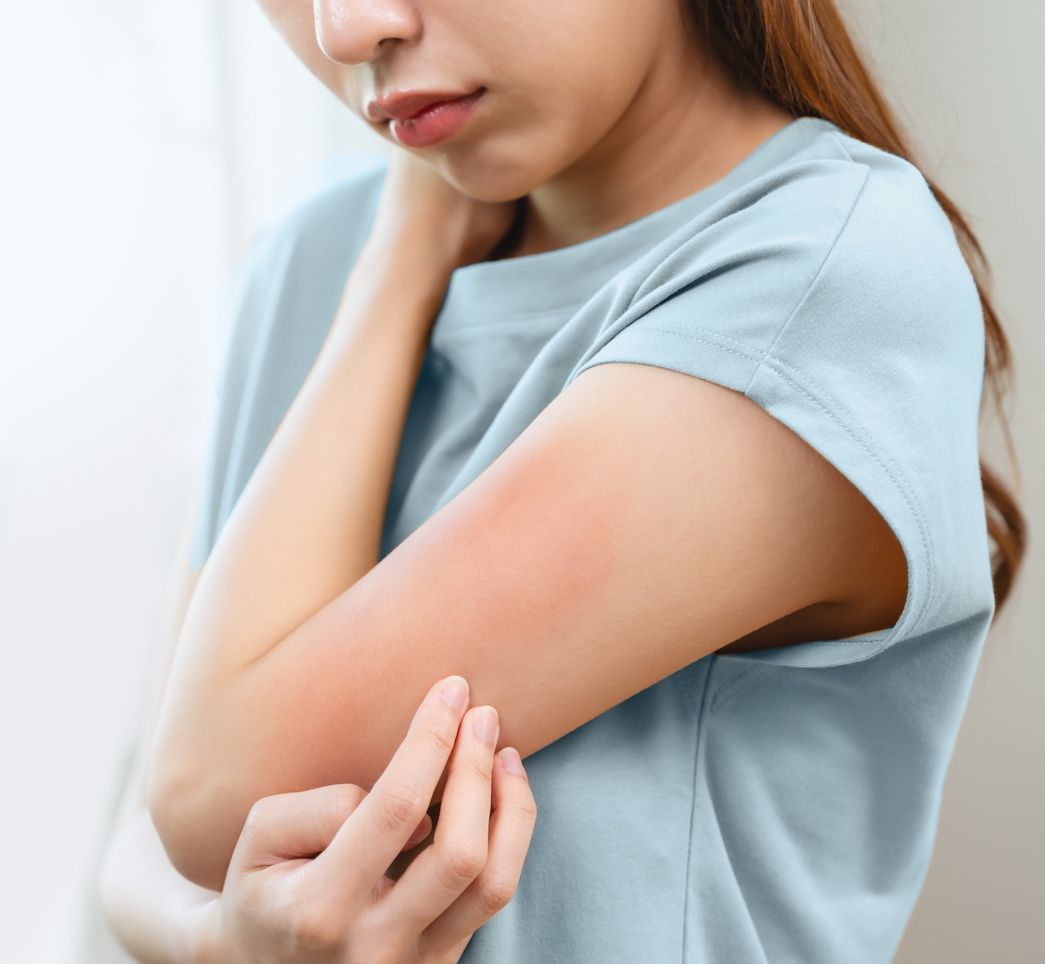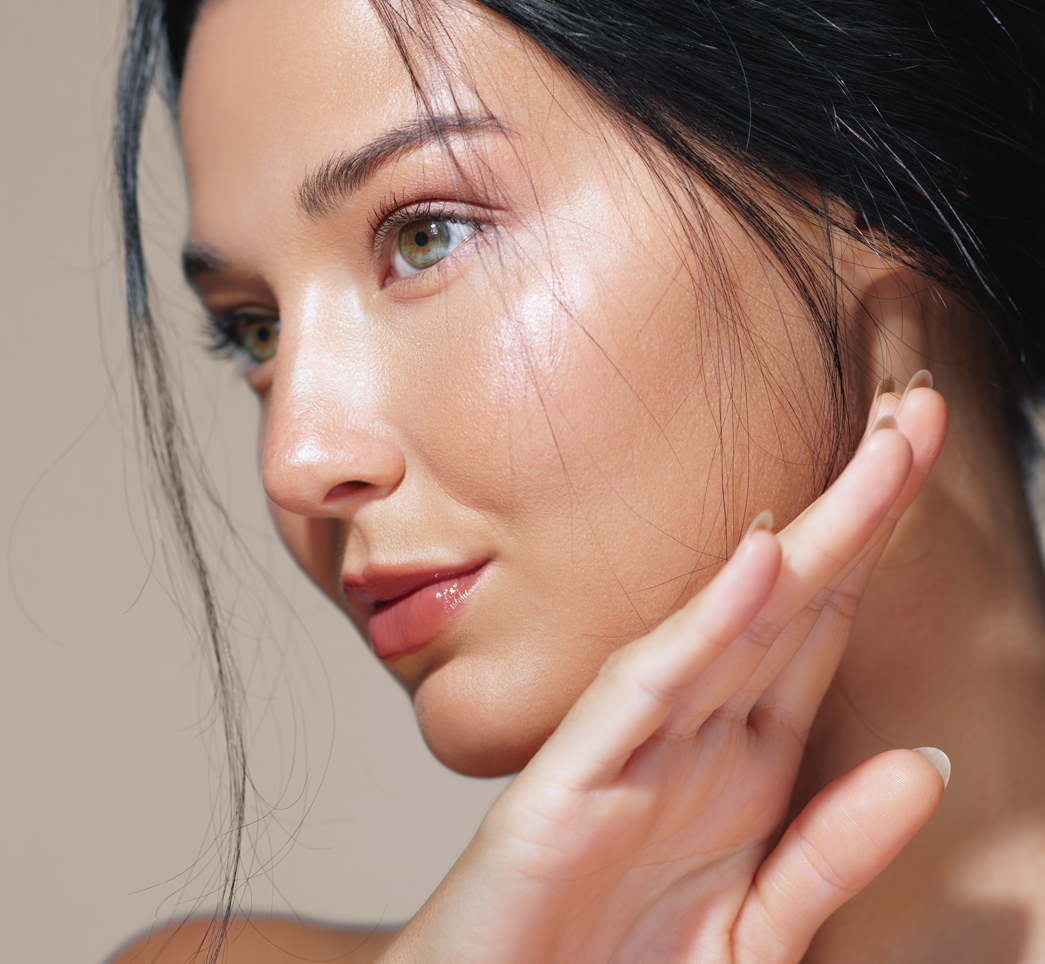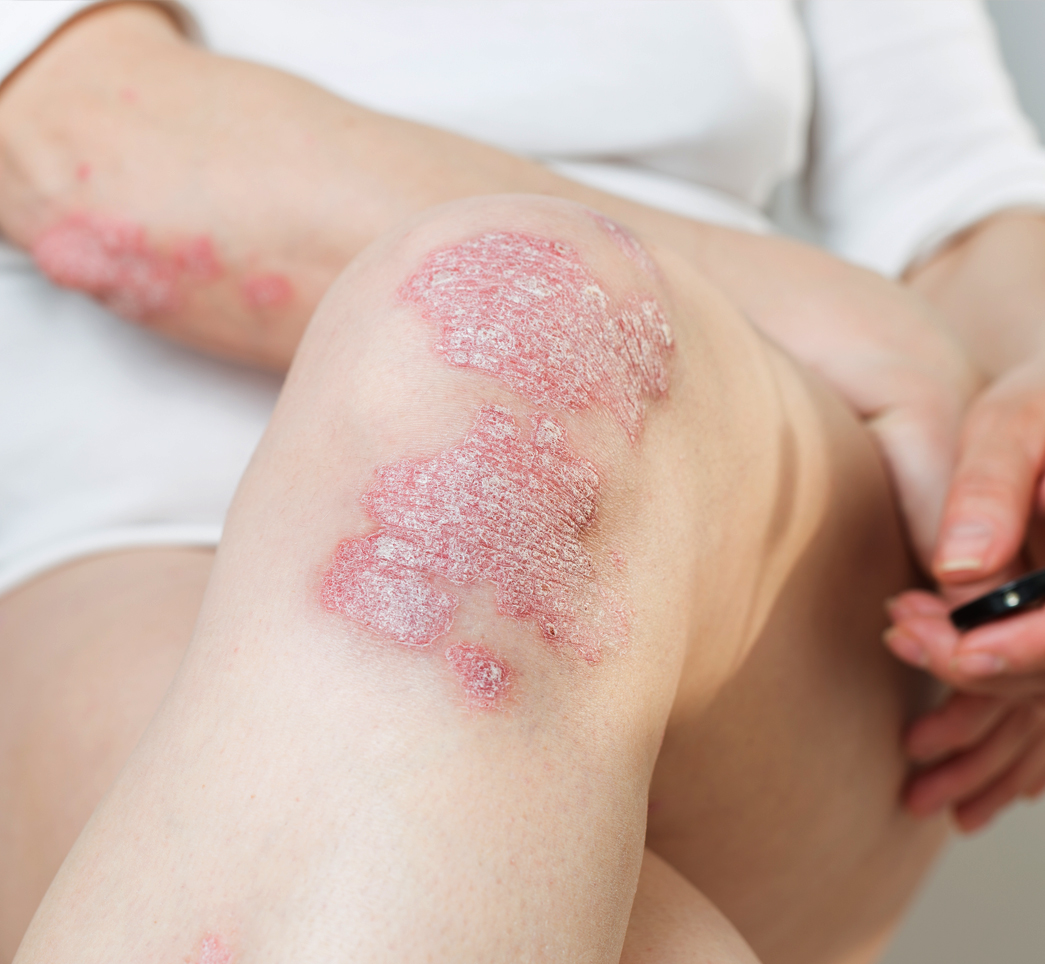The Blog
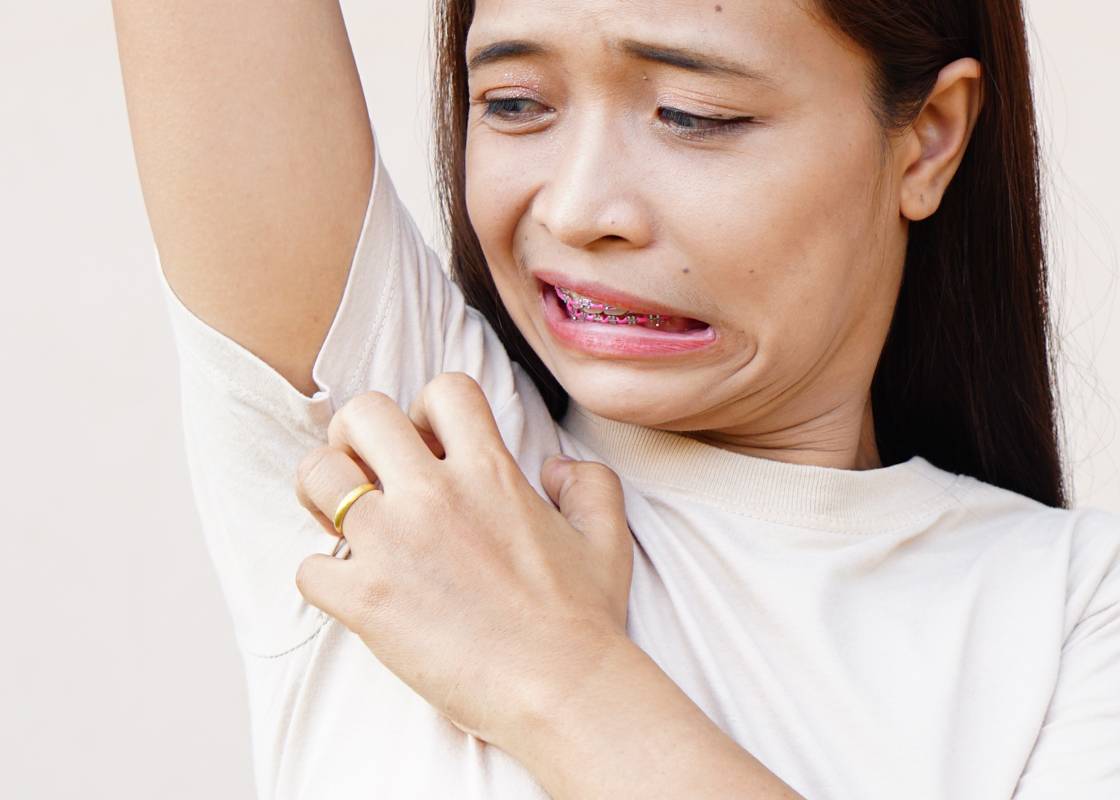
As a dermatologist, I've seen firsthand how intertrigo can significantly impact the lives of my patients. This common inflammatory condition affects the skin folds, where friction, moisture, and heat combine to create an environment ripe for irritation and infection. It's not just a minor annoyance; the red, raw, and often itchy patches of skin can cause considerable discomfort and affect daily activities.
Understanding the causes, symptoms, and treatment options for intertrigo is essential for managing and preventing this condition. I want to share my knowledge and experiences to help you navigate this challenge and improve your quality of life.
Why do I get Intertrigo? Causes and Risk Factors
Intertrigo is primarily caused by the combination of friction and moisture. The friction between skin folds can cause the skin to break down, creating an environment that is ideal for inflammation and secondary infections. Several factors can increase the risk of developing intertrigo, including:
Excessive Sweating: Moisture from sweat can exacerbate the condition.
Heat and Humidity: Warm and humid environments can promote sweating and friction.
Obesity: Increased skin folds and friction are common in individuals with obesity.
Diabetes: High blood sugar levels can contribute to skin conditions and infections.
Immobilization: Prolonged periods of immobility can lead to skin folds rubbing together.
Poor Hygiene: Inadequate skin care can increase the risk of intertrigo.
Bacterial Infections: Secondary bacterial infections (e.g., Staphylococcus aureus) can worsen intertrigo.
Recognizing the Signs: How to Identify Symptoms of Intertrigo
Redness: The affected area often becomes red and inflamed. This redness is usually one of the first signs of intertrigo and can range from mild to intense.
Itching and Burning: The inflamed skin may itch or burn, causing significant discomfort. It's important to resist scratching, as this can worsen the irritation.
Moisture: The area can become excessively moist, exacerbating the condition. This moisture provides a breeding ground for bacteria and fungi, which can complicate the condition.
Odor: A foul smell can develop if a secondary bacterial or fungal infection occurs. This is often a sign that the condition needs more aggressive treatment.
Cracking and Oozing: In severe cases, the skin may break down further, leading to cracking and oozing of fluid. This can be particularly painful and may require medical intervention.
At Springs Dermatology, we are dedicated to providing personalized care and strategies to help you overcome this condition with confidence and ease.
While intertrigo itself is not usually a severe medical issue, it can lead to complications if not properly managed. I've had patients who felt embarrassed and distressed, especially when the condition occurs in visible areas. My goal is to offer compassionate care and effective solutions to help my patients regain their comfort and confidence.
Where does Intertrigo Strike? Common Areas to Watch
Intertrigo typically occurs in regions where skin folds are present, making these areas more susceptible to friction and moisture buildup. Commonly affected sites include:
• Between the buttocks
• In the armpits
• Between abdominal folds
• Between toes or fingers
• In the groin area
Finding Relief: Diagnosis and Treatment
Intertrigo is typically diagnosed through a physical examination of the affected area. In some cases, a doctor may take a sample from the affected area to check for bacterial or fungal infections. Treatment options include:
Hygiene: Keeping the area clean and dry is crucial.
Barrier Creams: Using barrier creams or ointments can protect the skin from moisture.
Topical Steroids: Mild topical steroids can reduce inflammation.
Antifungal or Antibacterial Creams: These may be necessary if a secondary infection is present.
Loose Clothing: Wearing loose-fitting clothes can reduce friction.
Topical Antibiotics: In cases of secondary bacterial infections, topical antibiotics are used to eliminate the bacterial component.
Staying Ahead of Intertrigo: Tips and Tricks for Prevention
Preventing intertrigo involves managing the factors that contribute to it:
Maintaining a Healthy Weight: Reducing skin folds can minimize friction.
Good Hygiene Practices: Keeping skin folds clean and dry.
Using Antiperspirants: These can help reduce sweating in areas prone to intertrigo.
Wearing Breathable Fabrics: Fabrics that allow air circulation can help keep skin dry.
Intertrigo Diagnosis and Treatment Approach
Have your condition evaluated by a dermatologist. During the evaluation, your dermatologist will determine the most appropriate treatments for your specific situation.
A thorough physical examination of the affected area is conducted. If necessary, I may take a sample from the site to check for any bacterial or fungal infections.
The treatment plan will be tailored specifically to your individual case, here are some options:
Barrier Creams: To protect the skin from moisture, I recommend using barrier creams or ointments.
Topical Steroids: For inflammation, I often prescribe mild topical steroids to help reduce the symptoms.
Antifungal or Antibacterial Cream: If a secondary infection is present, I provide antifungal or antibacterial creams as needed.
Topical Antibiotics: In cases of secondary bacterial infections, I use topical antibiotics to eliminate the bacterial component.
For effective treatment, I would advise my patients on:
Hygiene: Keeping the area clean and dry is crucial. I always emphasize the importance of regular washing and thorough drying to my patients.
Loose Clothing: Wearing loose-fitting clothes is advised to reduce friction and allow the skin to breathe.
At Johns Creek Dermatology, our experienced dermatologists are here to provide you with the right diagnosis and a customized treatment plan tailored to your specific needs. Whether you're dealing with mild irritation or more severe symptoms, we can help you manage and prevent intertrigo.
Seek an effective Intertrigo treatment plan—schedule a consultation with us today to get expert advice and personalized care.




